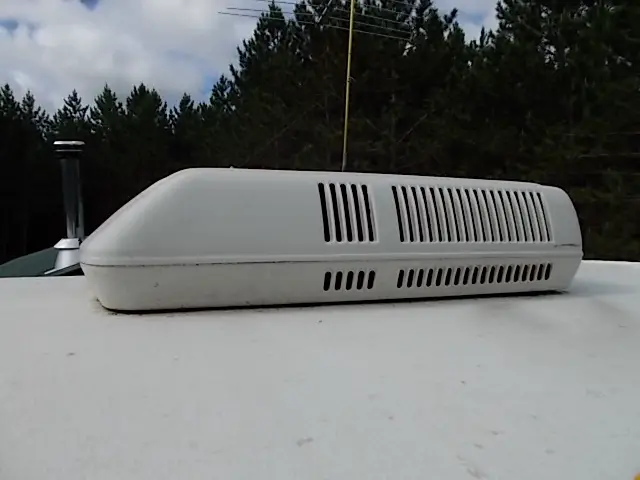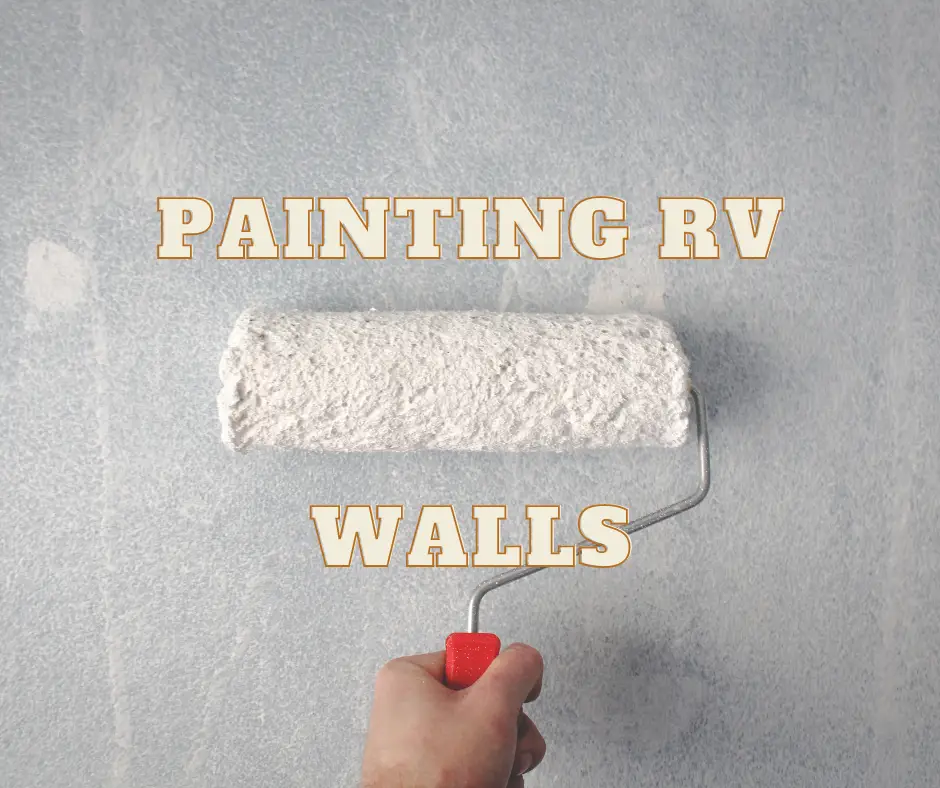Remember those childhood summers in the sweltering heat stuck inside our parent 6-man tent? Me too! Luckily, we have grown up and moved on to bigger and better toys. For me, it is an Itasca class C RV sporting all the luxuries of home. I could not imagine being stuck in there without my AC running, But do all RVs have Air Conditioners? I know air conditioning in my RV is a must-have 80% of the time.
Does every RV come with an Air Conditioner?
Most modern RVs have at least one air conditioning unit as a standard feature. Smaller RVs like teardrop trailers or hard-sided pop-up campers many times do not. Larger Class A and Fifth wheel RVs will come with 2 units standard or as an option from the factory.
Can I install my own Air Conditioner?
There are many after-market air conditioning units that you can install in an RV. They could either be permanently installed, which most likely would entail cutting into the RV slot bonus housing or there are portable units that can be wall-mounted or stay portable.
How much does an aftermarket RV rooftop AC unit cost?
When adding or replacing an RV rooftop AC, you can expect to pay between $650 and $1500 for just the unit itself. The price will vary greatly on the manufacturer, model, and BTU output.
A portable unit runs between $350 – $600 and could be a much better option for RVs that did not come with a factory unit.
Do portable air conditioners work in RVs?
Due to the space that is needing to be cooled in an RV, portable air conditioners can definitely handle the job. An adequately sized portable RV air conditioner can help you stay comfortable, but a small unit may not do much for a massive rig. So before you spend your money, do your research to confirm that the unit you’re looking to purchase will cool the desired space.
Just like a space heater, portable air conditioners are rated for cooling certain square footage.
The below unit is 8,5000 BTU, but they have models that provide up to 14,000 BTUs. With the 8,500 BTU models, the manufacturer states that it can provide cooling for up to 150 s.f.
150 s.f. is only a small room and doesn’t mean too much in a sticks-and-bricks home, but for an RV it is a different story.
Remember if you have an 8-foot wide RV that is 25 feet long, that is 200 s.f.
- 8,500 BTU unit cools 150 s.f. – 20-foot RV
- 10,000 BTU unit cools 250 s.f. – 30-foot RV
- The 14,000 BTU unit handles up to 450 s.f. – 40-foot RV
BLACK+DECKER 8,500 BTU Portable Air Conditioner with Remote Control

Things to keep in mind if installing a first or replacing your old air conditioning in your RV
Weight
If your RV did not come from the factory with an air conditioning unit, there may be a good reason for it. Weight means everything when it comes to RVs, towing, loading, and pretty well every other aspect.
For safety reasons, know your RVs weight capabilities. It could be at the limit coming off the showroom floor. Hence the reason no AC unit was added.
The Ultimate Guide for RV weights and what they really mean
Space
Again, the manufacturer chose not to install an AC unit for a reason. It could just be a cost measure but it also may be because there just is not enough room.
Double-check to ensure there is sufficient room to properly install before you jump into it.
Power Requirements
How much juice it is going to take to start the unit up and keep it running is something else to think about.
Are you someone that likes to boondock often? Do you have access to shore power most of the time?
Can air conditioning in an RV run off solar?
Yes, it is possible to run an RV air conditioner with a solar panel. To achieve this you would need quite a few panels and a battery bank large enough to store energy from panels. A basic setup is not going to be enough to handle this type of request.
A 10,000 BTU unit would need 2000 watts to get started up and about 800 watts to keep it running.
How much Solar do I need?
Watts used to start and run air conditioning in an RV
AC units in RVs take a lot of juice as you see below. Keep in mind that all the other appliances in your RV also need to be accounted for. Microwaves, hair dryers, electric cooking devices, TVs, and everything else that draws a little here and a little there. It adds up quickly and you need to figure out if you have the needed juice to power stuff.
| BTU | STARTING WATTS | RUNNING WATTS |
|---|---|---|
| 5000 | 1100 – 1300 W | 300 – 400 W |
| 7000 | 1600 – 1800 W | 500 – 600 W |
| 10,000 | 1900 – 2050 W | 600 – 700 W |
| 13,500 | 2700 – 2900 W | 1000 – 1300 W |
| 15,000 | 3100 – 3500 W | 1200 – 1650 W |
Power Load
We just talked about how much power is needed to start and run an RV air conditioner, now how are we going to get that power to it? Especially if your unit has never had an AC, then it never had the wiring, breakers, or controls.
Maybe a separator power cord running to the shore power pedestal?
All things to think about.
Insulation efficiency
I think we all know that RVs are not the most well-insulated and energy-efficient homes around. This is something you may need to address if you are expecting your new air conditioner to have a chance.
Get Proactive
- Assure proper seal on new AC
- Check for any gaps around the exterior of the RV.
- Make sure windows and doors have good seals, replace or caulk if needed.
- Reflective bubble wrap windows to keep heat out.
- Reflective bubble wrap inside interior cabinet back walls
Best Options for Air Conditioning in an RV
When shopping for a new or replacement air conditioning unit, make sure it can handle the task at hand. A 7,000 BTU AC unit is not going to be able to properly cool a 40-foot RV. Size matters! See the examples above for reference.
For the most popular RV sizes – length, widths, and heights, you need 60 to 80 BTUs per square foot. That’s two to four times more than needed for residential air conditioners – room ACs, central air, etc., which usually need 20-30 BTUs per square foot depending on the climate and house specs.
You may need to find ways to block your RV off into spaces. This way you are not trying to cool the whole RV at all times. You could cool the front during the day and then block it off to make the air more towards bedrooms at night.
Troubleshooting your RV Air Conditioner
Air Conditioning on your RV: Cleaning and Maintenance




